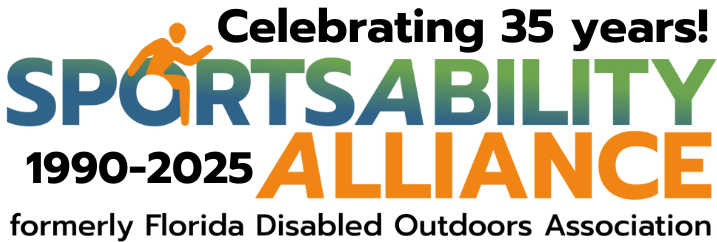We are often told that we need to exercise but are not told HOW to exercise. First off, let’s differentiate the difference between physical activity and exercise. Physical activity is any bodily movement that occurs as a result of musculoskeletal contraction that ultimately increases energy expenditure. This is a fancy way of saying that physical activity is an action that requires energy to perform. An exercise is a structured form of physical activity. But let’s not get caught up in the jargon because both are one and the same and are important for our mental and physical health.
The American Heart Association currently recommends that adults accumulate greater than or equal to 150 minutes of moderate physical activity or 75 minutes of vigorous activity per week while children should get at least 60 minutes per day of moderate-to-vigorous physical activity weekly.
So, what exactly is moderate vs. vigorous activity? While everyone has different abilities, here are some different ideas to get those recommended “moderate” minutes as classified by the American Council on Exercise that can be adapted to functionality: chores that I push off until the weekend (washing windows, washing my car, cleaning the garage, sweeping/vacuuming), general carpentry, walking 3-5 mph, mowing the lawn, slow room ball dancing with that special someone, fishing, sailing your boat, canoeing/kayaking (3-5 mph), gardening, leisure biking/stationary bike, leisure swimming (what you consider “easy”), table tennis, shooting hoops, non-competitive volleyball, and golfing!
Now here are some of the activities that the American Council on Exercise classifies as “vigorous” if you can participate walking/running from 4.5 mph all the way to Usain Bolt speed, shoveling/digging ditches, heavy farming, biking (12+ mph), hiking, swimming (what you consider “moderate/hard”), water jogging, competitive sports, adaptive sports, walking upstairs, rollerblading, and aerobic dancing.
While sometimes it can be a little difficult to distinguish what is moderate versus high intensity, the National Center for Chronic Disease Prevention and Health Promotion alternatively recommends using the “Talk Test” as a simple way to measure relative intensity (2020). In general, if you are doing a moderate-intensity activity, you can talk but not sing during the activity. If you are performing a vigorous-intensity activity, you may not be able to say more than a few words without pausing for a breath.
Remember, safety is key and if you experience any of the following subjective symptoms, it is recommended by the American College of Sports Medicine Health-Related Physical Fitness Assessment Manual to cease the activity: onset of chest pain, signs of poor perfusion (pale appearance to the skin, bluish discoloration of the skin, cold/clammy skin, abnormal shortness of breath, wheezing, inability to coordinate muscle movements, vertigo/dizziness, confusion, leg cramps, abnormally high heart rate (Kaminsky, 2014). While this is not an exhaustive list, remember that there are things in your body that you may not perceive. Always keep in mind that you communicate with your respective physician before beginning an exercise plan.
While we all have different abilities, what’s important is that you are active, and choose an activity fit for yourself! Remember, start slow and slowly build up! Rome wasn’t built in one day, so if you can’t get those 150 minutes of moderate activity or 75 minutes of vigorous activity, it’s okay. The important thing is that you are moving freely and safely!


